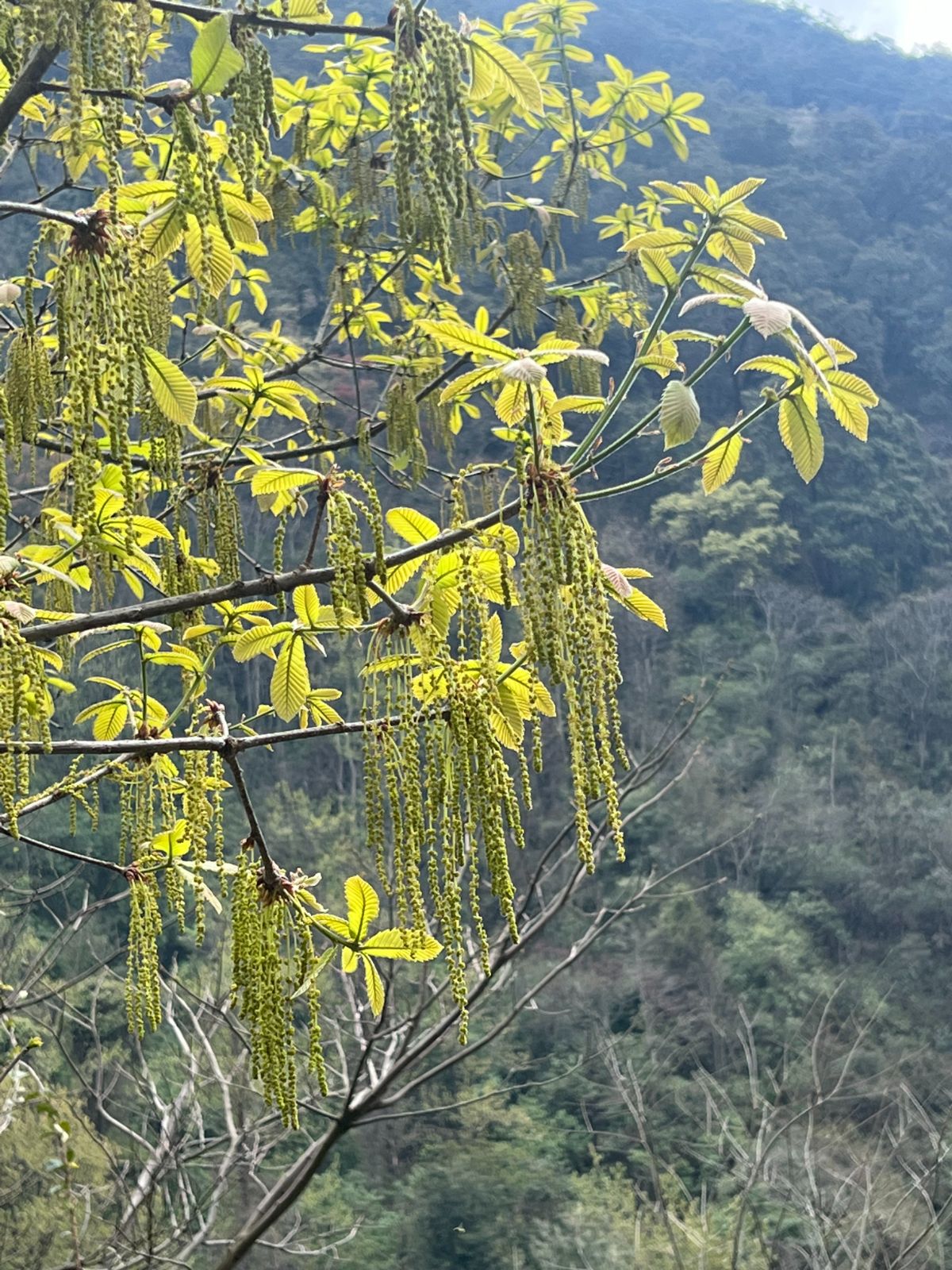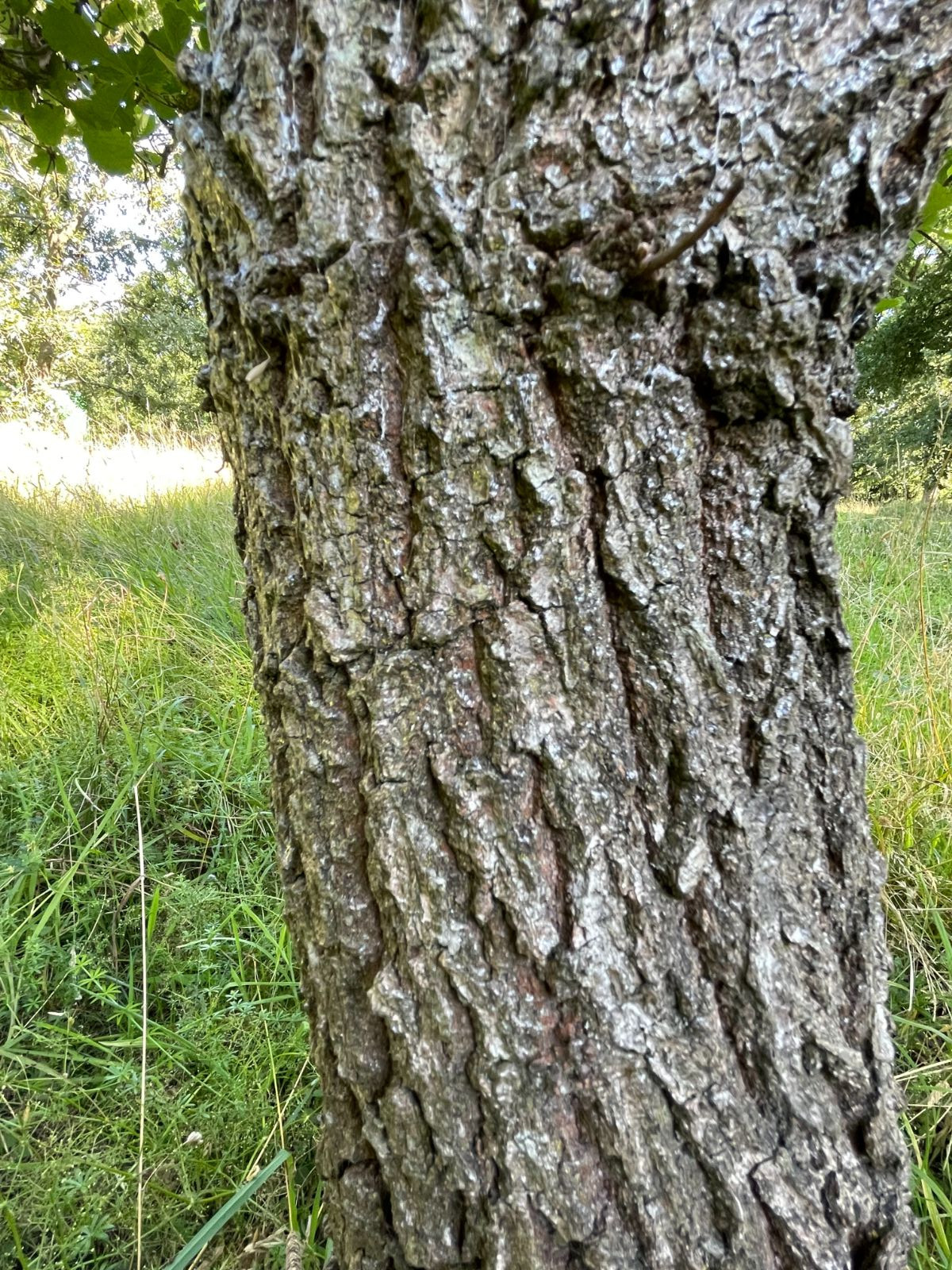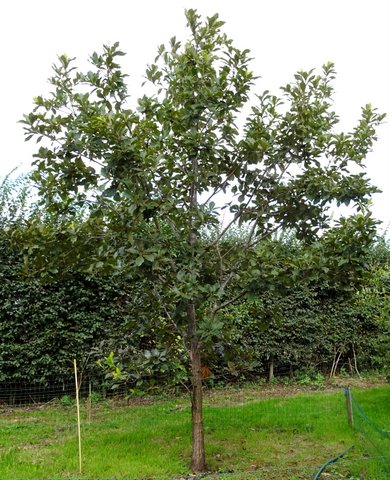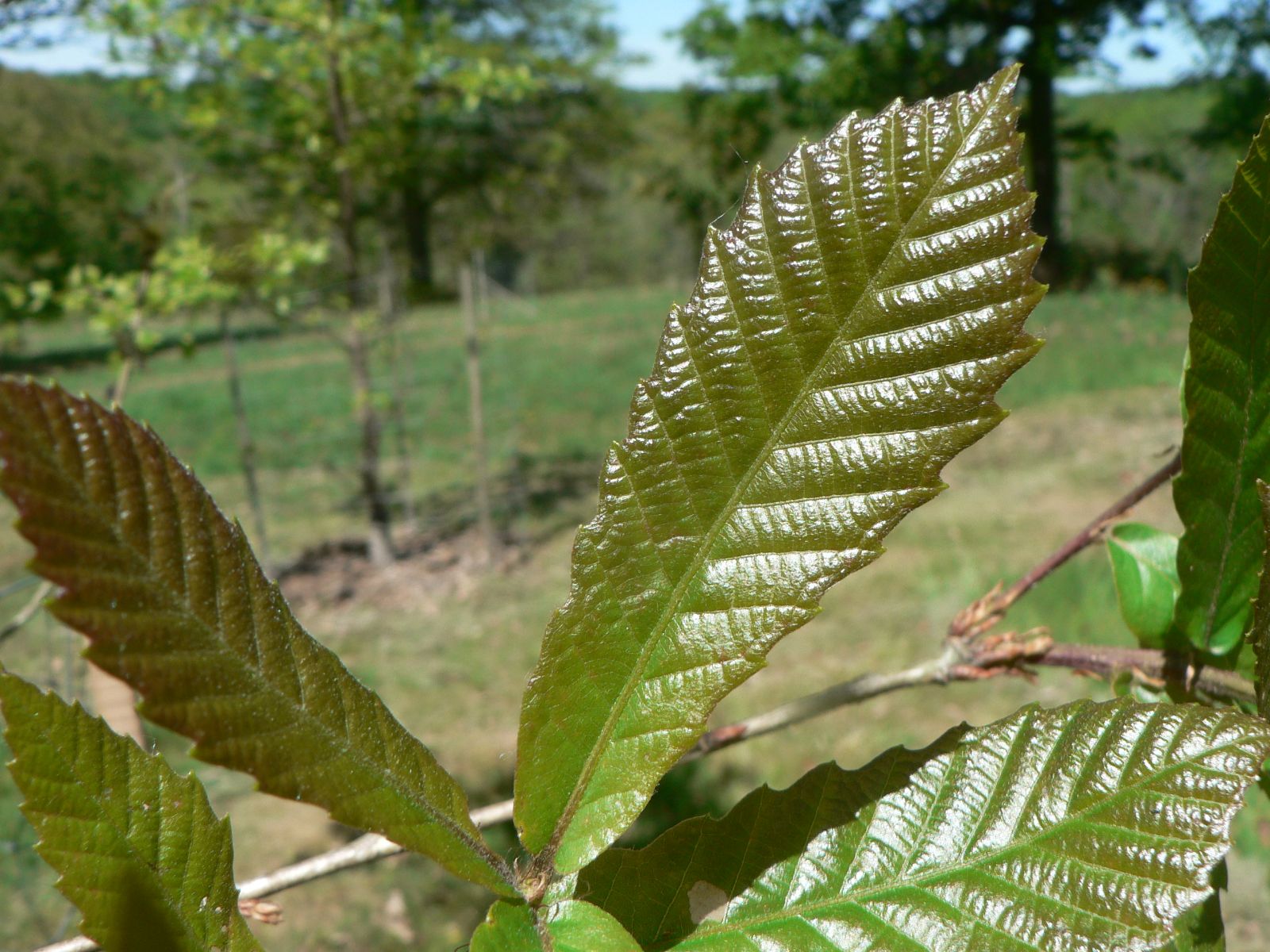Quercus griffithii
Sponsor
Kindly sponsored by
The Trees and Shrubs Online Oak Consortium
Credits
Article from New Trees by John Grimshaw & Ross Bayton
Recommended citation
'Quercus griffithii' from the website Trees and Shrubs Online (treesandshrubsonline.
Genus
- Quercus
- Subgen. Quercus, Sect. Quercus
Other taxa in genus
- Quercus acerifolia
- Quercus acherdophylla
- Quercus acrodonta
- Quercus acuta
- Quercus acutifolia
- Quercus acutissima
- Quercus afares
- Quercus affinis
- Quercus agrifolia
- Quercus alba
- Quercus aliena
- Quercus alnifolia
- Quercus aquifolioides
- Quercus arizonica
- Quercus arkansana
- Quercus aucheri
- Quercus augustini
- Quercus austrina
- Quercus × auzendei
- Quercus baloot
- Quercus bambusifolia
- Quercus baronii
- Quercus bicolor
- Quercus brantii
- Quercus buckleyi
- Quercus canariensis
- Quercus canbyi
- Quercus candicans
- Quercus castanea
- Quercus castaneifolia
- Quercus cerris
- Quercus chenii
- Quercus chrysolepis
- Quercus coccifera
- Quercus cocciferoides
- Quercus coccinea
- Quercus conspersa
- Quercus crassifolia
- Quercus crassipes
- Quercus delavayi
- Quercus dentata
- Quercus deserticola
- Quercus dolicholepis
- Quercus douglasii
- Quercus dumosa
- Quercus durifolia
- Quercus eduardii
- Quercus ellipsoidalis
- Quercus emoryi
- Quercus engelmannii
- Quercus engleriana
- Quercus euboica
- Quercus eugeniifolia
- Quercus fabri
- Quercus faginea
- Quercus falcata
- Quercus floribunda
- Quercus frainetto
- Quercus franchetii
- Quercus fruticosa
- Quercus fusiformis
- Quercus gambelii
- Quercus garryana
- Quercus geminata
- Quercus georgiana
- Quercus germana
- Quercus gilliana
- Quercus gilva
- Quercus glabrescens
- Quercus glauca
- Quercus graciliformis
- Quercus gravesii
- Quercus grisea
- Quercus guyavifolia
- Quercus hartwissiana
- Quercus hemisphaerica
- Quercus × hispanica
- Quercus hondae
- Quercus hypargyrea
- Quercus hypoleucoides
- Quercus ilex
- Quercus ilicifolia
- Quercus imbricaria
- Quercus incana
- Quercus infectoria
- Quercus insignis
- Quercus ithaburensis
- Quercus kelloggii
- Quercus × kewensis
- Quercus kiukiangensis
- Quercus laceyi
- Quercus laevis
- Quercus lamellosa
- Quercus lanata
- Quercus lancifolia
- Quercus laurifolia
- Quercus laurina
- Quercus × leana
- Quercus leucotrichophora
- Quercus × libanerris
- Quercus libani
- Quercus lobata
- Quercus lobbii
- Quercus lodicosa
- Quercus longinux
- Quercus longispica
- Quercus look
- Quercus × ludoviciana
- Quercus macranthera
- Quercus macrocalyx
- Quercus macrocarpa
- Quercus macrolepis
- Quercus marilandica
- Quercus mexicana
- Quercus michauxii
- Quercus mongolica
- Quercus monimotricha
- Quercus montana
- Quercus morii
- Quercus muehlenbergii
- Quercus myrsinifolia
- Quercus myrtifolia
- Quercus nigra
- Quercus × numidica
- Quercus oblongifolia
- Quercus obtusata
- Quercus oglethorpensis
- Quercus oxyodon
- Quercus pagoda
- Quercus palmeri
- Quercus palustris
- Quercus pannosa
- Quercus parvula
- Quercus petraea
- Quercus phellos
- Quercus phillyreoides
- Quercus planipocula
- Quercus poilanei
- Quercus polymorpha
- Quercus pontica
- Quercus prinoides
- Quercus pubescens
- Quercus pyrenaica
- Quercus rehderiana
- Quercus reticulata
- Quercus robur
- Quercus rotundifolia
- Quercus rubra
- Quercus rugosa
- Quercus rysophylla
- Quercus sadleriana
- Quercus salicina
- Quercus sartorii
- Quercus × schneideri
- Quercus schottkyana
- Quercus semecarpifolia
- Quercus senescens
- Quercus serrata
- Quercus sessilifolia
- Quercus setulosa
- Quercus shumardii
- Quercus sinuata
- Quercus spinosa
- Quercus stellata
- Quercus stenophylloides
- Quercus suber
- Quercus subspathulata
- Quercus tarokoensis
- Quercus tatakaensis
- Quercus texana
- Quercus tomentella
- Quercus trojana
- Quercus tungmaiensis
- Quercus turbinella
- Quercus × turneri
- Quercus undulata
- Quercus utahensis
- Quercus utilis
- Quercus uxoris
- Quercus variabilis
- Quercus velutina
- Quercus virginiana
- Quercus vulcanica
- Quercus warburgii
- Quercus wislizenii
- Quercus xalapensis
Tree to 25 m. Crown oblong in outline. Bark grey or reddish brown with deep longitudinal fissures. Branchlets covered with yellowish grey pubescence. Leaves deciduous, 10–20 × 4–10 cm, obovate to elliptic, upper surface shiny mid-green, glabrous but for the hairs along the midrib, lower surface bluish green, densely covered in grey or golden hairs, with a fringe along the veins, 12–18 secondary veins on each side of the midrib, margins serrulate with 5–15 rounded or acute lobes, apex acuminate; petiole 0.5–1 cm long and shaggy greyish brown. Pistillate cupules solitary or in fascicles of two to three. Cupule cup-shaped, 1.2–1.5 cm diameter; scales ovate to triangular. Acorn ellipsoid to ovoid, with one-third to half of its length enclosed in the cupule, 1.5–2 cm long, stylopodium broad. Flowering January to April, fruiting September to November (China). Huang et al. 1999, Menitsky 2005. Distribution BHUTAN; CHINA: Guizhou, Sichuan, Xizang, Yunnan; INDIA: Sikkim and northeast; LAOS; MYANMAR; SRI LANKA; THAILAND; VIETNAM. Habitat Mixed forest between 700 and 2800 m asl. USDA Hardiness Zone 6. Conservation status Least Concern. Illustration Huang et al. 1999, Menitsky 2005; NT691. Taxonomic note May be synonymous with Q. aliena Blume var. acutiserrata Maxim. ex Wenzig (Huang et al. 1999).
Quercus griffithii is represented in cultivation at the time of writing by a few young seedlings from recent collections; the only older specimens seen in research for the current work are plants at Quarryhill and Kew raised from SICH 1105. This collection was made at 2930 m in Yunnan in 1992, from an old tree growing on a grazed hillside with Rhododendron and other oaks. At Quarryhill it has made a nice tree, reaching 10 m, with ascending to spreading branches. The tree at Kew is now 2 m tall but looks as if it is struggling, with numerous dead twigs and the suggestion that it has lost its leader on at least one occasion. The species is clearly not very hardy in northern Europe, although a succession of milder winters may enable it to develop a trunk before a hard winter coppices it back. In the mild conditions of Brittany, for example, a specimen derived from the Wuliang Shan, Yunnan has reached 4 m in the garden of Brigitte Fourier, Morbihan. At Chevithorne Barton a 3 m specimen was cut to the ground in the winter of 2005–2006 but was producing vigorous new shoots of bright copper-red new leaves in late summer 2006. A plant at Starhill Forest Arboretum is cut to the ground annually, but the hot summers there enable it to send out shoots of 2 m or more each year. The leaves are bold and handsome, and despite the difficulty of finding a good spot for it, this is clearly a species worth persevering with, especially if high-altitude provenances can be found.









